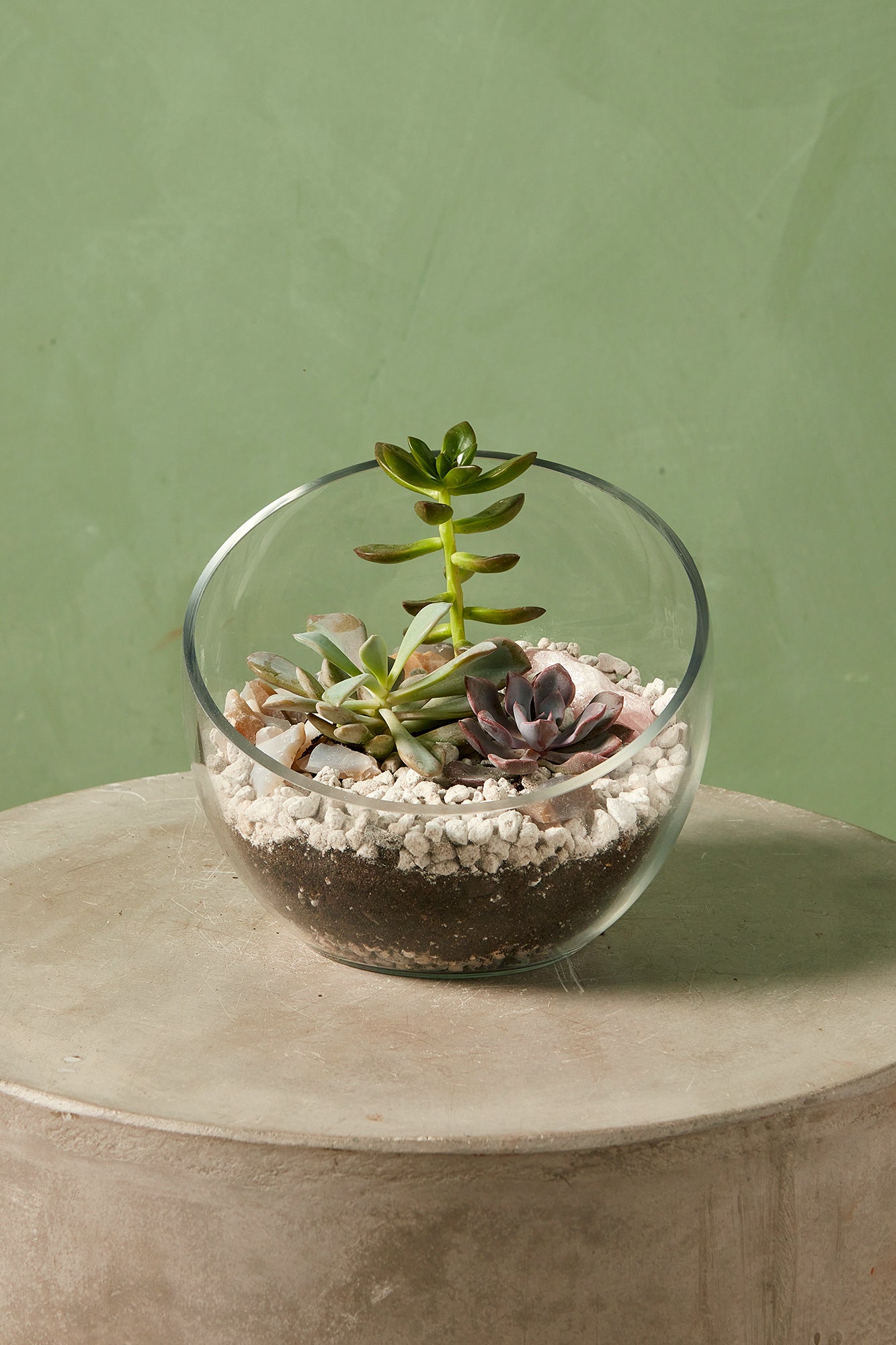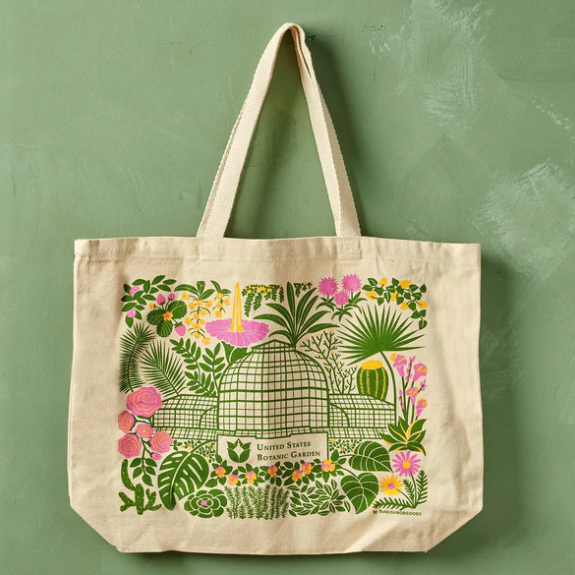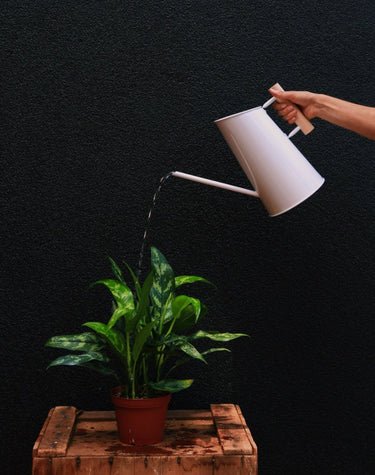Article: With What’s Left of This Summer, Give your Plants Some Extra Love!

With What’s Left of This Summer, Give your Plants Some Extra Love!
We’re finally moving into the part of summer where soaring temperatures are beginning to ease, and you can finally enjoy some outdoor time. And guess what? Your plants are enjoying it too!
We might call these indoor plants, but each one of these plants is growing somewhere in their natural habitat! The plants that we refer to as ‘houseplants’ are simply the ones that can adapt to living in containers, and thriving with relative ease in the indoor environment. But even plants indoors have a sense of what’s happening outside, and they can benefit from the growing season just as much as your garden can!
Before we dive into the summertime benefits for your houseplants, make sure you’re following us on Instagram for the best plant care and styling tips all year-round!

What To Do (And What Not To Do) With Your Houseplants at this stage in the summer:
DO: Give your roots some space.
Your plants know the signs of summer. With more hours of light per day, your plants are in grow mode. You may already be noticing a few more inches in height, more leaves, and general overall fullness on your houseplants. These characteristics are indicative of what is happening below the surface as well: your plants’ roots are stretching deeper into the soil. If you suspect that your plant could use a repotting, now’s the best time to do it! Here’s a step-by-step guide on exactly how to get it done.
DO NOT: Maintain the same watering schedule as you did in wintertime.
Photosynthesis is a whole different ball game in the summertime! Your plant is processing water more rapidly than it does when the days are shorter. Not to mention, hotter temperatures can evaporate water from the soil more quickly.

DO Fertilize.
If you purchased or repotted your plant over one year ago, then it’s possible that your soils’ nutrients have been depleted, and your plant could benefit from some supplemental feeding. If fertilizing isn’t something you’ve ever considered, we have an article all about fertilizing your indoor plants!
DO NOT over-fertilize.
It’s too easy to give your plants too much of a good thing, and too much fertilizer can cause damage to the roots of your houseplants. To avoid this, be sure to use a mild, organic fertilizer, and dilute more than the directions indicate (either cut the amount of fertilizer in half, or add more water!).
DO Stick your indoor plants outdoors:
If you live in a climate where the temps remain above 50 degrees fahrenheit during the growing season, you can leave your plants outside where they can benefit from more light and humidity throughout the growing season.
DO NOT fry your plants in the sun.
Sometimes moving your plants outside means exposing them to way more sunlight than they were previously used to. Your plants can be adapted to higher light over time by gradually moving them into higher light over time. Try this: simply place your plant outside in a shaded area, and move it every day to a location with slightly more sun exposure. Note: We do not recommend placing tropical plants in full sun exposure with no shade.

If you want a home full of effortless and beautiful plants all year long, make sure you’re following us on your preferred platform:




Leave a comment
This site is protected by reCAPTCHA and the Google Privacy Policy and Terms of Service apply.